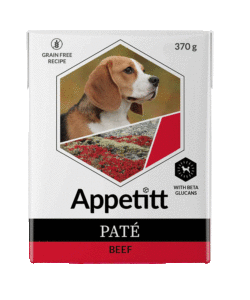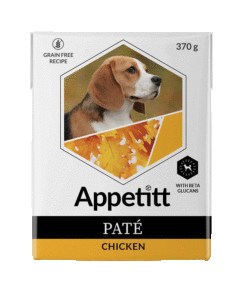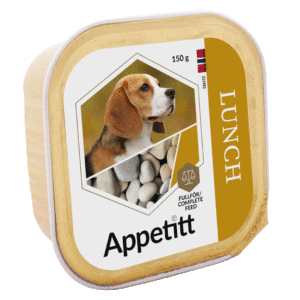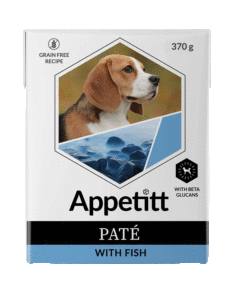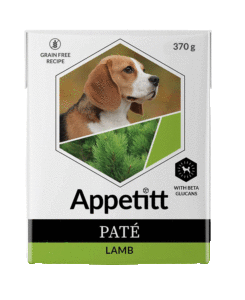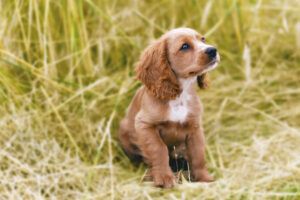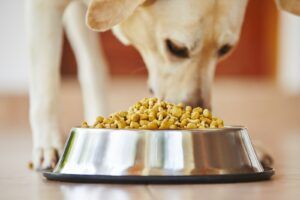
Feeding the aging dog
Puppies grow quickly and it is important to ensure proper nutrition, especially in the dog’s first year of life. Puppies have a very specific nutritional need because the immune system, digestive system, muscles and skeleton develop rapidly during the puppyhood period.


